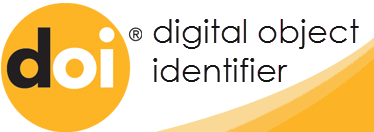THE CONCEPT OF TRANSLANGUAGING AND ITS ROLE IN FOREIGN LANGUAGE TEACHING METHODOLOGY
Keywords:
Translanguaging, Multilingualism, Pedagogical Shifts, Cognitive Support,, Encouraging Critical Thinking and Reflection.Abstract
Translanguaging refers to the practice of using multiple languages in a flexible, dynamic way to make meaning and facilitate communication. The idea that in foreign language classes the use of L1 can be beneficial for students is gaining ground in foreign language teaching methodology. Translanguaging is a relatively newly coined term that is often used to refer both to the process of switching between two languages and the methodology that lies behind it. After presenting the main characteristics of translanguaging and the possibility of implementing it as a pedagogical method in English language classrooms, the paper presents a translanguaging activity and also shows how the students evaluated their participation in this practice. The paper concludes that in order to employ translanguaging practices in the classroom, it is necessary to adopt a new mindset to teaching that allows for multiple language use in class and also encourages language learners to embrace their entire linguistic potential.
References
1. Baker, Colin. 2001. Foundations of Bilingual Education and Bilingualism (3rd ed.). Clevedon: Multilingual Matters.
2. MacSwan, Jeff. 2017. A multilingual perspective on translanguaging. American Educational Research Journal 54(1): 167–201.
3. Oxenden, Clive–Christina Latham-Koening–Paul Seligson. 1997. New English File Pre-Intermediate Student’s Book. Oxford: Oxford University Press.
4. Stathopoulou, Maria. 2015. Cross-Language Mediation in Foreign Language Teaching and Testing.
5. Clevedon: Multilingual Matters. Wenger, Etienne. 1998. Communities of Practice: Learning, Meaning and Identity. Cambridge: Cambridge University Press.






